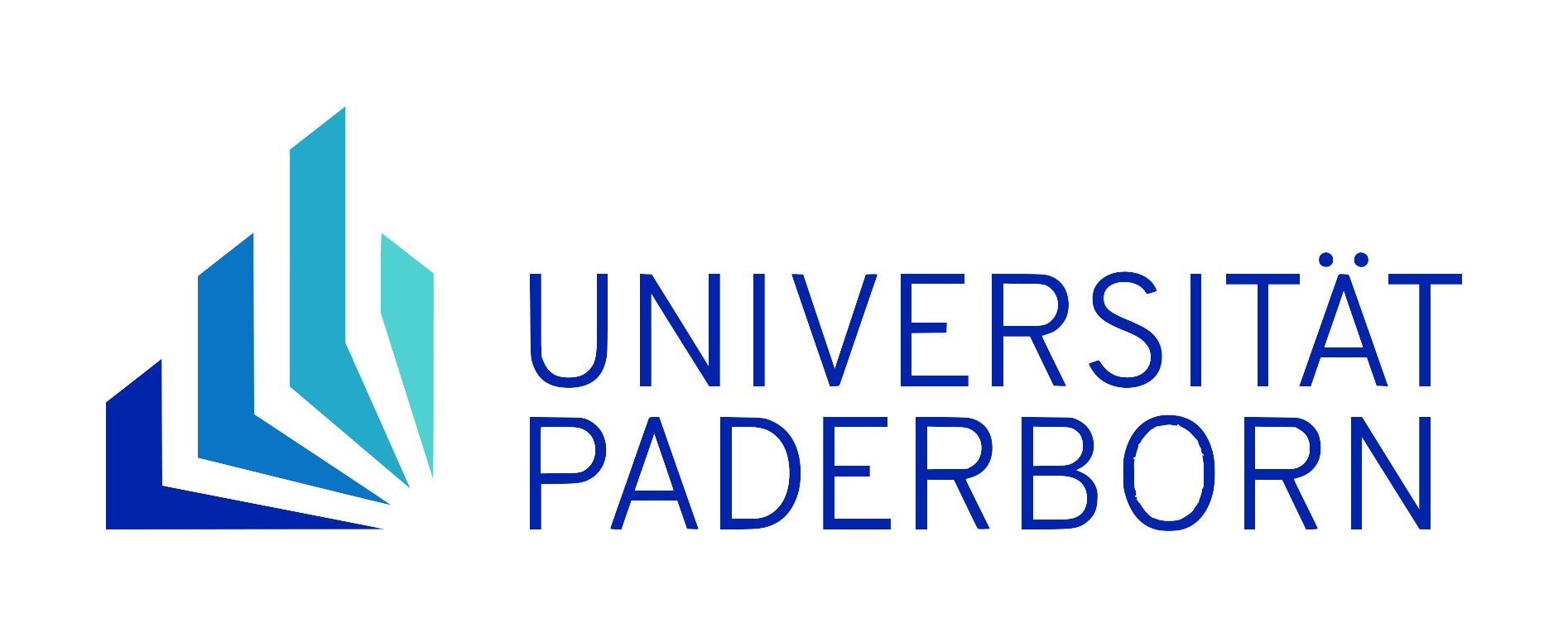Auden and Kallmans’ Answers to Henze’s Queries on Elegy for Young Lovers, 12 January 1960
Ansersxxxxxx‡ Answers to Queries
page 2 etc. re‡re the vulgar language used by Hinterhofer*
and the Doctor,
"impotence,kidneys,laxative,stools etc."
*
This crude directness of diction is essential to their characters,to
Hinterhofer’s because he is a naughty child who
makes a point of
saying outrageous things, to the Doctor’s because he thi‡nks in the
language of his profession.
p‡ 2 "full of beans." means full of energy.
p‡ 3 "awry" (rhymes with die‡) means bent or crooked.
p‡ 8.
Hinterhofer’s aria,stanza I ("Among contemporary poets"…)*
See new text for revisions. I think it is right to use the actual
names of real poets of the period a) because it fixes our fictional
poet in a concrete historical position and b) becau‡se it prevents the
audience from identifying him with any one of the poets who werexxxxxxxxxxxxxx‡
famous inxxxxxxxxx‡ famous German poets who were alive in that period. However,
as you will see from the text,if you feel strongly against using
their real names,substitute for
Georg[sic]‡
,‡
Rilke,
Hoffxxxx‡
Hofmann‡sthal‡
,the names
Georgeous,Milksop‡ and Huff–and–Puff‡ respectively.*
p‡ 9 Stanza III,("How tempting is a handsome page") see new text
p‡ 10. Dialogue between Hinterhofer & Doctor. See new text.
p‡ 10‡ Doctor’s aria. see new text.
Your letter arrived yesterday.*
We are into[sic]‡ the third Act
([sic]‡which
will be quite short, I think.*
Much love to you both
Wystan
Editorial
Author(s)
Creation
–
Responsibilities
- Editor(s)
- Elena Minetti
- Transcription
- Elena Minetti
Tradition
-
Text Source: Basel (Schweiz), Paul Sacher Stiftung, Sammlung Hans Werner Henze, Abteilung: Korrespondenz
Physical Description
- Document type: Document
- Dünnes weißes Papier
- 1 folio
- 1 written page
- Dimensions: 279x216 [mm] (HxW)
- Gelocht. Beschädigung mit kleinen Rissen am Rand unten links, wurde wahrscheinlich zuerst eingeklebt und dann herausgerissen.
- Rand links: 5cm
- Zeilenabstand: 1,5zeilig
- Handschriftlicher Text von W.H.A. am Ende der Seiten zentriert.
Material
Extent
Condition
Layout
Writing styles
-
1.Typescript.
-
2.Handwriting, ballpoint pen (pink).
-
3.Handwriting, Auden, Wystan Hugh, ballpoint pen (blue).
-
4.Handwriting, pencil.
-
5.Handwriting, Henze, Hans Werner, pencil.
-
6.Typescript, light red.
Text Constitution
-
Following: handwritten, pencil
-
-
Following: handwritten, ballpoint pen (pink)
-
"… Bitte zurück"It is not ascertainable who added this, then crossed it out in pencil. Perhaps one of the two authors of the letter wrote "BITTE ZURÜCK" so that Henze could return this letter to them. It can be assumed with some certainty that the crossing out in pencil was done by Henze later, because he made two other inscriptions on the second page using the same pencil, i.e. the date in the upper left and the question in the lower left.
-
Following: Typescript
-
"Ansers"deleted by overtyping
-
"i""n" replaced with "i"
-
"die"Underlining, Typescript, light red
-
"au""ua" replaced with "au"
-
"poets who were"deleted by overtyping
-
"famous in"deleted by overtyping
-
" Georg ,"Underlining, Typescript, light red
-
"Georg"sic
-
"Hoff"deleted by overtyping
-
"Hofmannsthal"Underlining, Typescript, light red
-
"n"added above, handwritten, ballpoint pen (blue), Auden, Wystan Hugh
-
"Milksop"Underlining, Typescript, light red
-
"Huff–and–Puff"Underlining, Typescript, light red
-
"0"")" replaced with "0"
-
Following: handwritten, ballpoint pen (blue), Auden, Wystan Hugh
-
"into"sic
-
"("sic
-
"What is the … tolls and chimes?"added in the bottom margin, handwritten, pencil, Henze, Hans Werner
Commentary
-
"re"abbreviation of "regarding".
-
"… Hinterhofer"In the final libretto, the poet’s name is Gregor Mittenhofer (not Hinterhofer).
-
"… and the Doctor, impotence,kidneys,laxative,stools etc."These words refer to Doctor Wilhelm Reischmann’s lines from Act I, Scene II (The Order of the Day), in which he says: "Tooth decay, / Muse away; / Blood-pressure drops, / Invention stops; / Upset tum, / No images come; / Kidney infected, / Diction deflected; / Joints rheumatic, / Rhythm erratic; / Skin too dry, / Form awry; / Muscle tense, / Little sense; / Irregular stools, / Inspiration cools."
-
"p"abbreviation of "page".
-
"p"abbreviation of "page".
-
"p"abbreviation of "page".
-
"… ( Among contemporary poets …)"The librettists are referring to Act I, Scene I.
-
"… , Milksop and Huff–and–Puff respectively."The proposed substitution did not occur in the final libretto. In Act I, Scene V (Wordly Business) the poet Gregor Mittenhofer reads some reviews that his secretary, Carolina von Kirchstetten brings him, in which he is ranked alongside other living poets who, in the final libretto, are Stefan George, Rainer Maria Rilke and Hugo von Hofmannsthal.
-
"p"abbreviation of "page".
-
"p"abbreviation of "page".
-
"p"abbreviation of "page".
-
"… Your letter arrived yesterday."The letter, which must have been sent by Henze in early January 1960, has yet to be located.
-
"… be quite short, I think."At the beginning of the letter to which this document is attached, Auden announces that he is sending Act III as an attachment (item I on the list), while here he writes that they are working on Act III. Probably the librettists did not send the final version of the libretto for the Act III, but something else related to the Act III, such as a general structure, a plot or an outline.
-
"… difference between tolls and chimes?"This annotation was written by Henze. In the libretto of Elegy for Young Lovers, the word "tolls" appears 3 times and in this context means "clock strikes"; "chime" appears 18 times and means the sound of a pendulum clock, placed on the stage. See Kallman’s answer to Henze’s question in the letter on 13 January 1960.





